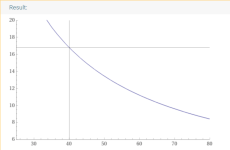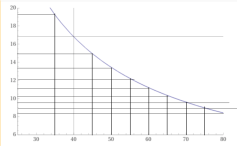Heater outlet temperature rise will depend on the water flow rate.
Slower water flow will have greater outlet temperature since the same BTUs go into less water volume.
Changing the pump speed can vary the return temperature from just warm at high RPM to very hot at minimum flow for the heater.
For example, a 400,000 btu/hr heater with an efficiency of 84% transfers 336,000 btu per hour to the water.
At a minimum required flow of 40 gpm, there will be 2,400 gallons of water (20,000 lbs.) that receives the heat.
Each btu raises the temperature of one pound of water by one degree Fahrenheit.
336,000 btu into 20,000 pounds of water is 16.8 degrees of temperature rise (336,000/20,000).
So, the maximum temperature rise you should ever have is 16.8 degrees Fahrenheit.
As shown below, higher flow results in a lower temperature rise.
40 gpm = 16.8 degrees temperature rise
50 gpm = 13.44 degrees temperature rise
60 gpm = 11.2 degrees temperature rise
70 gpm = 9.6 degrees.
80 gpm = 8.4 degrees.


This shows the expected temp rise (Y-axis) vs. Flow in GPM (X-axis).
The minimum required flow is 40 gpm.
So, the maximum temp rise should be 16.8 degrees Fahrenheit.



